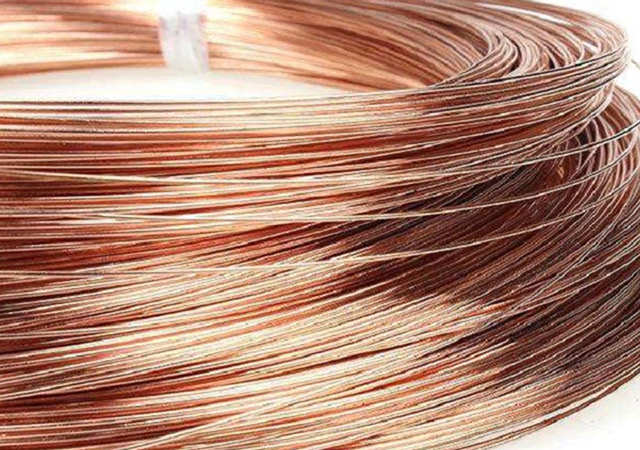
Heating Elements
Includes high power electric heating tube, air heating tube, hydronic heating pipe, titanium metal tube, heater band etc...



Alloy Name Properties |
NC005 CuNi2 |
NC010 CuNi6 |
MC012 CuMn3 |
NC015 CuNi10 |
NC025 CuNi19 |
NC030 CuNi23 |
NC035 CuNi30 |
NC040 CuNi34 |
NC050 CuNi44 |
|
|---|---|---|---|---|---|---|---|---|---|---|
| Main Components (%) |
Ni | 2 | 6 | - | 10 | 19 | 23 | 30 | 34 | 44 |
| Mn | - | - | 3 | - | 0.5 | 0.5 | 1 | 1 | 1 | |
| Cu | Bal. | Bal. | Bal. | Bal. | Bal. | Bal. | Bal. | Bal. | Bal. | |
| Maximum operating Temp.(℃) | 200 | 220 | 200 | 250 | 300 | 300 | 350 | 350 | 400 | |
| Melting point (approx℃) |
1090 | 1095 | 1050 | 1100 | 1135 | 1150 | 1170 | 1180 | 1280 | |
| Density (g/cm3) |
8.9 | 8.9 | 8.9 | 8.9 | 8.9 | 8.9 | 8.9 | 8.9 | 8.9 | |
| Resistivity 20℃(μΩ.m) |
0.05±10% | 0.1±10% | 0.12±10% | 0.15±10% | 0.25±5% | 0.3±5% | 0.35±5% | 0.4±5% | 0.50±5% | |
| Tensile strength (Mpa) |
≥220 | ≥250 | ≥290 | ≥290 | ≥340 | ≥350 | ≥400 | ≥400 | ≥420 | |
| Elongation (%,>Φ1.0) |
≥25 | ≥25 | ≥25 | ≥25 | ≥25 | ≥25 | ≥25 | ≥25 | ≥25 | |
| TCR 10-5/℃ (20-600℃) |
<120 | <60 | <38 | <50 | <25 | <16 | <10 | 0 | <-6 | |
Alloy Name Properties |
6J40 Constantan |
6J11 New Constantan |
6J12 Manganin |
6J8 F1 Manganin |
6J13 F2 Manganin |
|
|---|---|---|---|---|---|---|
| Main Chemical Components (%) |
Mn | 1~2 | 10.5~12.5 | 11~13 | 8~10 | 11~13 |
| Ni | 39~41 | - | 2~3 | - | 2~5 | |
| Cu | Bal. | Bal. | Bal. | Bal. | Bal. | |
| other | Al:2.5~4.5 Fe:1.0~1.6 |
Si:1~2 | ||||
| Continuous operating temperature (℃) | 5~500 | 5~500 | 5~45 | 10~80 | 10~80 | |
| Density (g/cm3) |
8.88 | 8.0 | 8.44 | 8.7 | 8.4 | |
| Resistivity 20℃ (μΩ.m) |
0.48±0.03 | 0.49±0.03 | 0.47±0.03 | 0.35±0.05 | 0.44±0.04 | |
| Elongation (%,Φ>0.5,L0=200mm) |
≥15 | ≥15 | ≥15 | ≥15 | ≥15 | |
| TCR (α×10-6/℃) |
-40~+40 | -80~+80 | -3~+20 | -5~+10 | 0~+40 | |
| μv
/℃(0~100℃) EMF vs Copper |
45 | 2 | 1 | 2 | 2 | |